Why Companies Need a Dual Sourcing Strategy with Mexico as Plan B
Global supply chains are more interconnected—and more fragile—than ever. For companies that rely heavily on China for their sourcing and manufacturing, the risks are increasingly visible. Sudden tariffs, shifting shipping routes, unpredictable freight rates, and broader geopolitical tensions all create uncertainty. Many organizations have already felt the pain of these disruptions, yet few have developed a solid Plan B.
That’s where Mexico enters the picture.
The Case for Dual Sourcing
Relying on a single country—even one as capable as China—creates concentration risk. Dual sourcing, or building a secondary supply base in another geography, reduces that exposure. By having qualified suppliers in Mexico, companies create resilience: if one sourcing channel is disrupted, they can shift capacity to the other.
But there’s more to dual sourcing than simply “adding another vendor.” It requires forward-looking planning, long before a crisis hits.
Why Mexico, Why Now?
Mexico is not China—and that’s both a challenge and an opportunity. Building supplier relationships in Mexico takes time. Projects must be nurtured properly; trust and alignment don’t happen overnight.
The best moment to start this journey is now, while there’s still breathing room. When geopolitical shifts occur, when tariffs spike overnight, or when shipping rates double without warning, companies worldwide scramble at the same time to find alternatives. Mexican suppliers’ project and quotation teams quickly become overloaded in those moments, leaving newcomers at the back of the line.
Getting ahead of the curve means securing capacity and relationships before the storm hits.
Beyond Risk Mitigation: The Advantages of Mexico
While hedging against sourcing risks is critical, Mexico also offers clear, ongoing advantages:
- Proximity: Short flights from the U.S. make visits, audits, and collaboration much easier.
- Time Zone Alignment: Working in (practically) the same time zone enables real-time communication, without the long delays caused by Asia’s time difference.
- Reduced Lead Times: Delivery cycles are measured in days or weeks, not months.
- Lower Inventory Levels: Faster shipments mean companies can carry less buffer stock, freeing up working capital.
- USMCA Advantages: Trade agreements provide additional stability and tariff relief within North America.
Together, these factors make Mexico more than just a fallback option—they position it as a strategic sourcing partner.
A Strategic Hedge for the Future
Geopolitical risks are unpredictable, but one thing is certain: they won’t disappear. Whether it’s tariffs, trade disputes, pandemics, or shipping bottlenecks, supply chains will continue to face shocks. Companies that prepare now—by building dual sourcing strategies and investing in Mexican supplier relationships—will be the ones that stay resilient.
Waiting until the next disruption hits will be too late. Now is the right moment to act.

